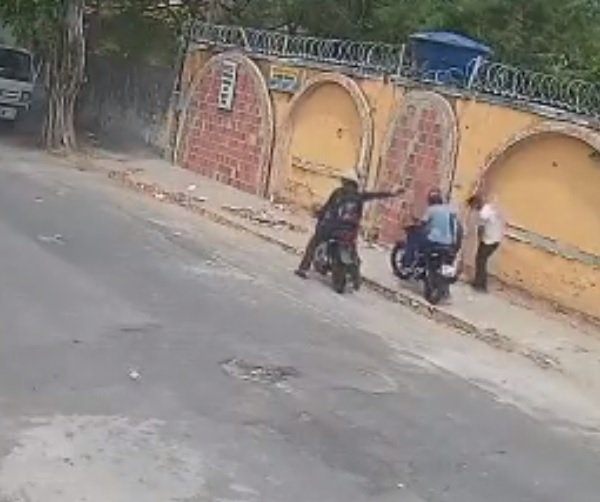Repeated incidents of robbery and theft have sparked growing concern among residents of Joaquim Antunes Street in Pinheiros, West São Paulo. Between January and August, the roughly one-kilometer stretch recorded 45 cases of cell phone theft, many involving violence. Fear of such crimes has forced residents to change their daily routines—many now avoid walking whenever possible, and when they must, they leave their homes without wedding rings or phones. Motorcycle-riding assailants are the biggest source of fear. The situation has even divided neighbors: while some support putting up warning signs about the danger, others oppose the idea, arguing it would lower property values. The information was compiled by the report using data from the Public Security Secretariat (SSP-SP).
This Content Is Only For Subscribers
To unlock this content, subscribe to INTERLIRA Reports.
New Attacks
Every month, new incidents are reported at the 14th (Pinheiros) and 15th (Itaim Bibi) Police Precincts, which share jurisdiction in the area. From January to August this year, the street that connects Alameda Gabriel Monteiro da Silva to Rua Cardeal Arcoverde registered 33 robberies and 12 thefts—most involving iPhones, which are highly valued in the illegal market. The most targeted section is between numbers 900 and 1000, where 17 incidents occurred during this period.
Recent Cases
One of the latest attacks took place on Tuesday night (07/10), when a motorcycle thief assaulted five pedestrians in succession, shooting one victim in the leg. Earlier this year, in January, 23-year-old Vitor Rocha e Silva was killed after resisting a robbery. He and his boyfriend were walking near an overpass on Rua Joaquim Antunes when they were approached by an armed assailant on a motorcycle. Originally from Uberlândia, Minas Gerais, Vitor held a degree in international relations and was vacationing in São Paulo at the time.
Pinheiros Police Station
Within the jurisdiction of the 14th Precinct (Pinheiros), police arrested or detained 631 individuals between January and August. The number of robberies in the area dropped by 15.49% during the same period, with 2,035 incidents recorded in the first eight months of 2025, compared to 2,407 in the same timeframe in 2024.
Destination
Investigations suggest that many stolen phones from Pinheiros, Butantã, and Itaim Bibi are trafficked to the Paraisópolis favela. There, the devices pass from street thieves to intermediaries before being sold to other criminal networks that export them abroad. Older phones and disassembled parts are often resold in central São Paulo or at repair shops within the community.
Analysis:
The recurring incidents of robbery and theft along Joaquim Antunes Street in Pinheiros reveal how urban crime can directly undermine residents’ sense of security, even in traditionally affluent and well-patrolled neighborhoods. The frequency and violence of these attacks, particularly those involving motorcycles, suggest a pattern of opportunistic crimes facilitated by mobility, weak deterrence, and the high resale value of stolen electronics. Fear has reshaped local behavior—residents alter routines, avoid walking, and conceal valuables—demonstrating how persistent street crime can erode public confidence and transform daily urban life.
The concentration of thefts in a specific section of the street points to a failure in preventive policing and urban design. Poor lighting, predictable pedestrian routes, and insufficient surveillance may be enabling repeated criminal activity.
Sources: A Folha de SP.




